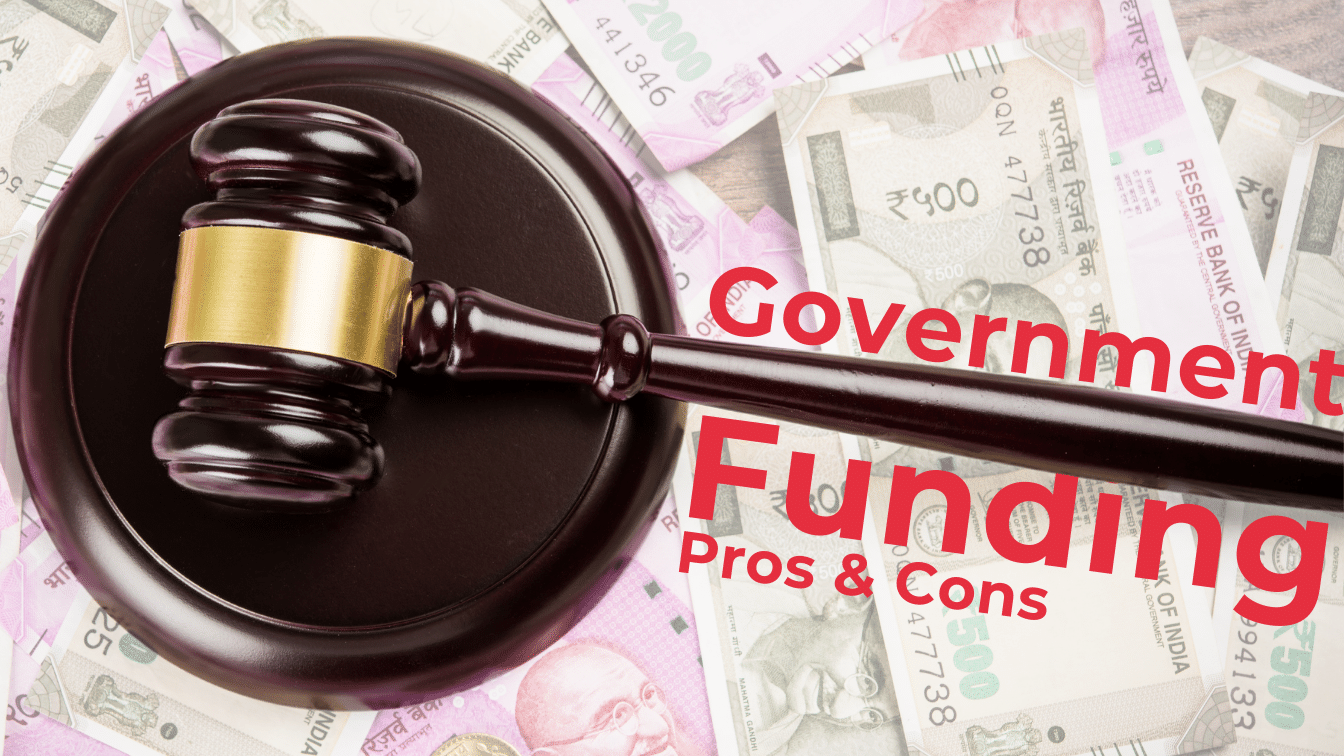If you want your business to succeed in the long run, cutting costs wherever possible is a must. After establishing the company, it must be achieved and maintained.
Your company’s financial health is very much dependent on it. But as a startup founder, or a serial entrepreneur, you want to learn a few tactics that help you boost cost effectiveness.
Here are the five tactics that are here to make sure that your company prospers while saving and running the business together.
Automation reduces operating expenses for businesses by 15%, improving total cost effectiveness.

Source: 5 ways to improve cost efficiency in your business
1. Minimise start up costs:
All entrepreneurs are aware of the difficulties involved in starting a new business. The initial expenses of a corporation can provide a substantial challenge, affecting its financial health right from the start. The first step in improving cost effectiveness is to carefully review your start-up costs.
a. Set Needs First:
Make a distinction between necessary and unnecessary spending. Spend your money wisely, concentrating on items that are essential for the early phases of your company.
b. Be Smart in Your Negotiations:
One effective tactic is negotiation. To get the greatest discounts, communicate with vendors, suppliers, and service providers. Make the most of your company potential to bargain for advantageous terms and discounts.
c. Accept Technology:
Invest in affordable IT solutions. For example, cloud-based services can drastically lower the requirement for a large IT infrastructure, saving money both up front and over time.
2. Operational Effectiveness in Practice: Start up expenses for a business
The pursuit for cost optimization doesn’t stop once your company is operating. Maintaining operational effectiveness is essential for long-term success. Daily activities may be optimized to reduce waste and increase efficiency.
a. Automate Repetitive processes:
To save time and effort, invest in automation systems for repetitive processes. In addition to lowering labor expenses, this also lowers the possibility of human mistake.
b. Interchange Training:
Encourage cross-training among your workers. By enabling team members to take on numerous responsibilities, you may reduce the need for ongoing hiring and increase your workforce’s flexibility and responsiveness to changing demands.
c. Review Procedures Frequently:
Evaluate your company procedures on a frequent basis. Determine redundant information, inefficiencies, and bottlenecks. Put improvements in place for resource usage and process.
3. Learn How to Negotiate for Startup Expenses
Being able to negotiate well is a crucial business ability. Whether working with suppliers, clients, or service providers, the ability to achieve advantageous terms may dramatically affect your bottom line.
a. Centralize your purchasing power:
Ask for volume discounts from suppliers when making large purchases. Moreover, streamlining your purchases lowers administrative expenses by streamlining the supply chain.
b. Examine Long-Term Contracts:
Take into account signing long-term agreements with important suppliers. In addition to offering stability, this frequently makes it possible to bargain for better conditions and rates.
c. Establish Robust Connections:
Develop enduring, win-win partnerships with your suppliers. Preferential treatment, better deals, and first access to resources can result from having a good rapport.
4. Put Energy-Saving measures into practice for Cost and Efficiency
For many organizations, energy prices account for a sizable amount of operating costs. You may save a significant amount of money and support environmental sustainability by putting energy conservation measures into practice.
a. Invest in Energy-Efficient Equipment:
Give energy-efficient choices first priority when replacing or acquiring new equipment. Even while the upfront cost could be higher, there may be significant long-term energy bill reductions. Energy consumption may be mostly attributed to lighting. To maximize consumption, install energy-efficient lighting solutions, such as LED bulbs, and think about putting automatic lighting controls in place.
b. Employee Education and Involvement:
Encourage energy saving as a culture inside your company. Inform staff members of the significance of shutting off lights and appliances while not in use. Motivate them to participate in finding and executing energy-saving strategies.
5. Allocating Strategic Resources: A Revolution in Cost Efficiency
Allocating resources is an art that calls for dexterity and vision. You may enhance efficiency and do more with less by properly allocating your financial and human resources.
a. Concentrate on Core Competencies:
Determine what your company’s core competencies are and then devote resources in that direction. It may be less expensive to outsource non-core tasks than to try to manage everything internally.
b. Evaluate and Modify Frequently:
The business environment is ever-changing. Regularly examine the performance and contribution of each department. Adapt resource distribution to shifting market needs and priorities.
c. Make an Investment in Staff Development:
Your employees are an important asset. To improve their abilities, make continual training and development investments. A workforce that is knowledgeable and flexible may make a big difference in how efficiently things run.
Take Away
Achieving cost efficiency requires constant dedication to strategic decision-making and continual improvement rather than a one-time effort.
Your company can survive the long term and manage the challenging economic landscape with resilience if you put these five essential techniques into practice, which range from prioritizing resource allocation to cutting start-up expenses. Achieving cost efficiency is a path towards long-term success, not merely a destination.
To get assistance in improving cost efficiency in your business, contact Team BAI (#BringAnImpact)












